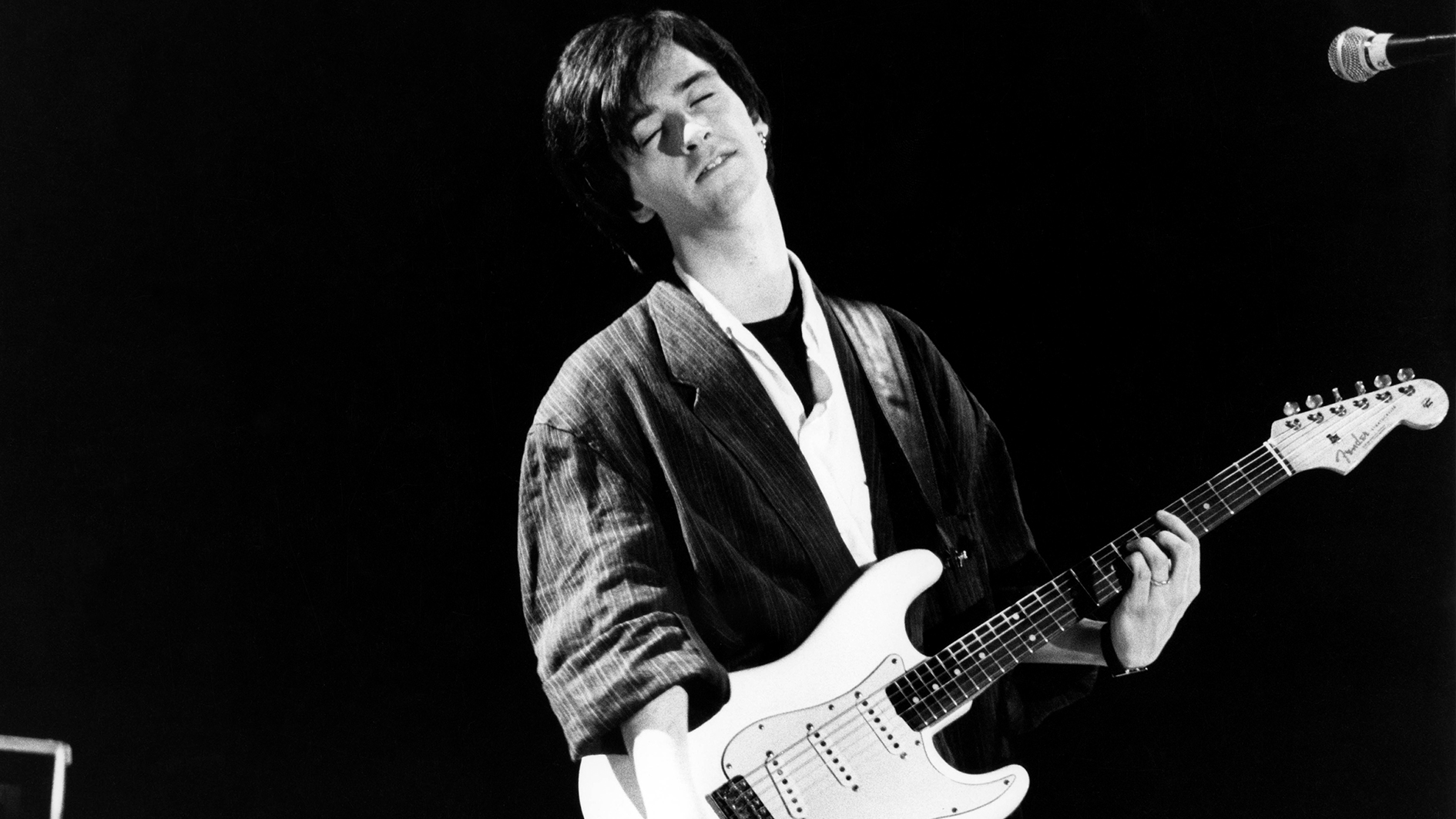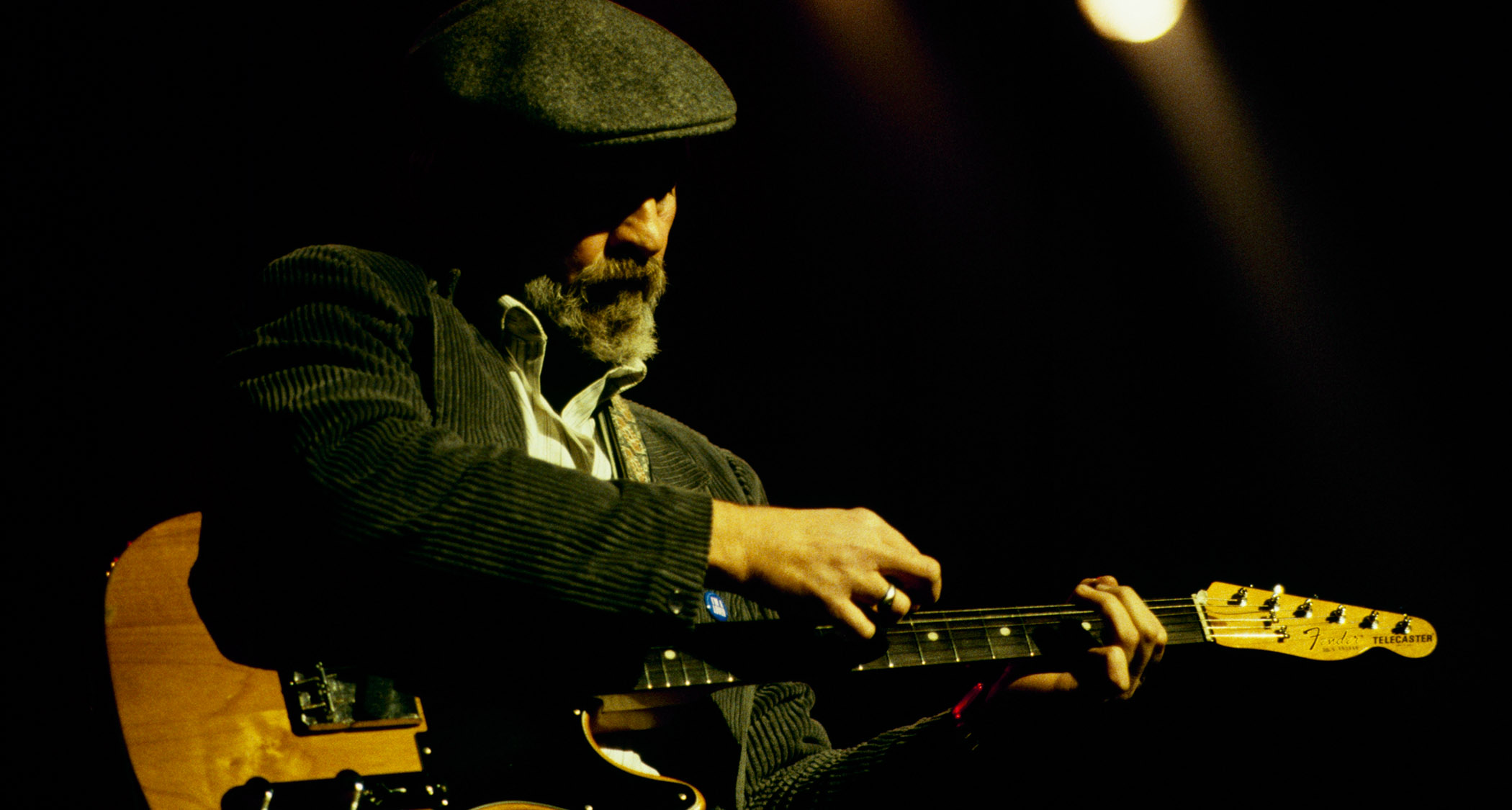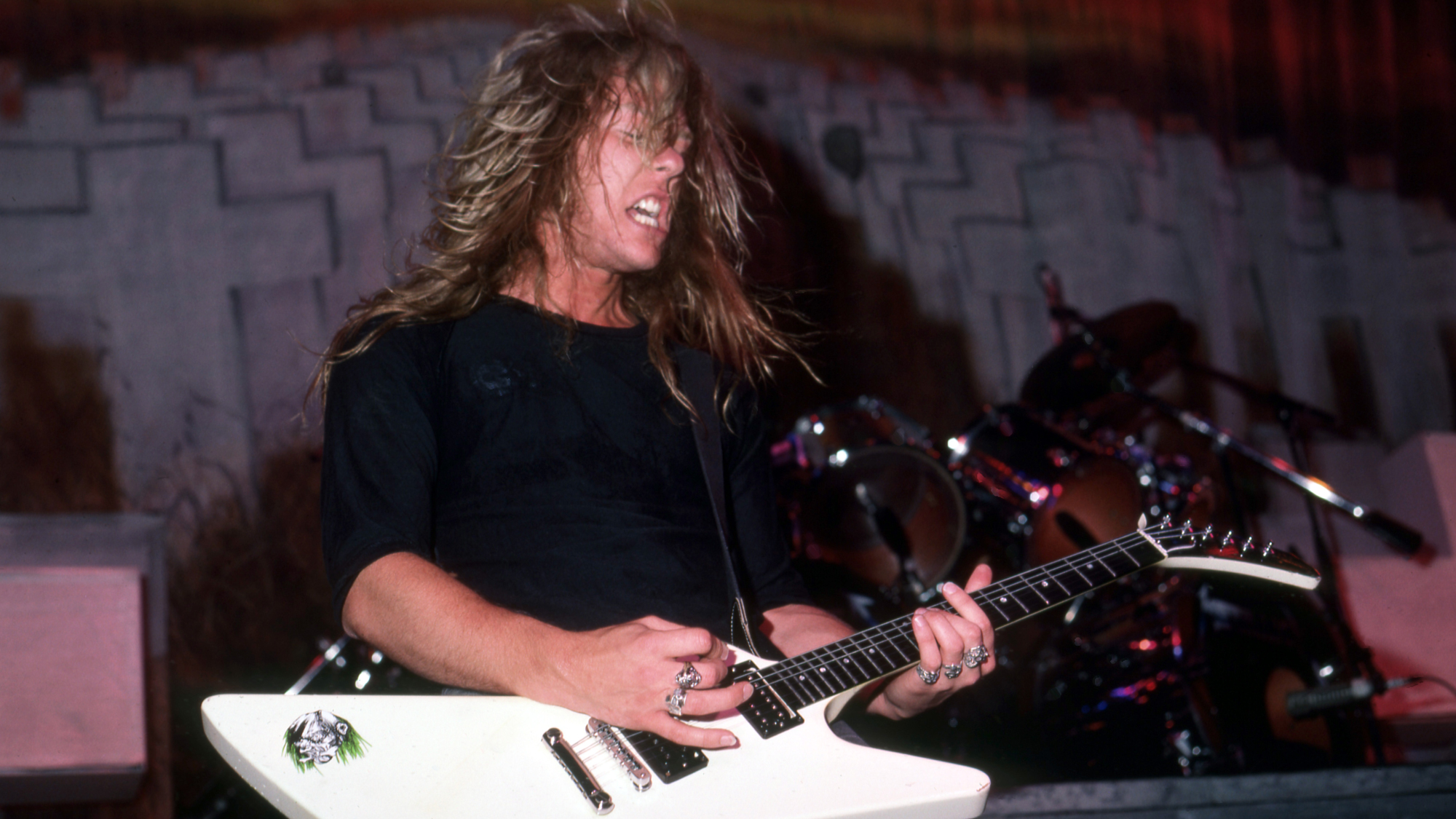How to play slap bass: an essential guide to slapping and popping
Also known as thumpin’ and pluckin’, slap bass is one of the mainstays of funk bass

As a bass player, it’s hard to imagine a world without slap bass. The technique has come a long way since Larry Graham first started thumpin' and pluckin’ with Sly and the Family Stone. And in the hands of Victor Wooten, Flea and countless others, it has truly become a worthy addition to the bassist's technical arsenal.
Remember that slap bass doesn't just exist in funk and pop – check out our interview with metal rocking bassist Billy Gould from Faith No More. Fieldy from Korn was also instrumental in bringing the technique to the nu-metal scene with his fearsome slapping on an Ibanez 5-string.
Basically, the idea is to punctuate basslines with additional percussive sounds – the ‘slap’ referred to in the name is primarily performed in a ‘thump and pluck’ style, where the thumb ‘thumps’ the low strings, A and E, striking them against the fretboard, while the little finger usually hooks itself under the G string and plucks the string, allowing it to then snap against the fretboard.
Thumb exercises
The biggest hurdle that many starting slappers have to negotiate is the correct angle your thumb should take in order to get a solid tone. Start by taking aim at the very edge of the fretboard and neck, so that you get a little snap from the frets.
Now strike the string with the side of the thumb onto the last fret of the E string – this should give quite a magnificent ‘thump.’
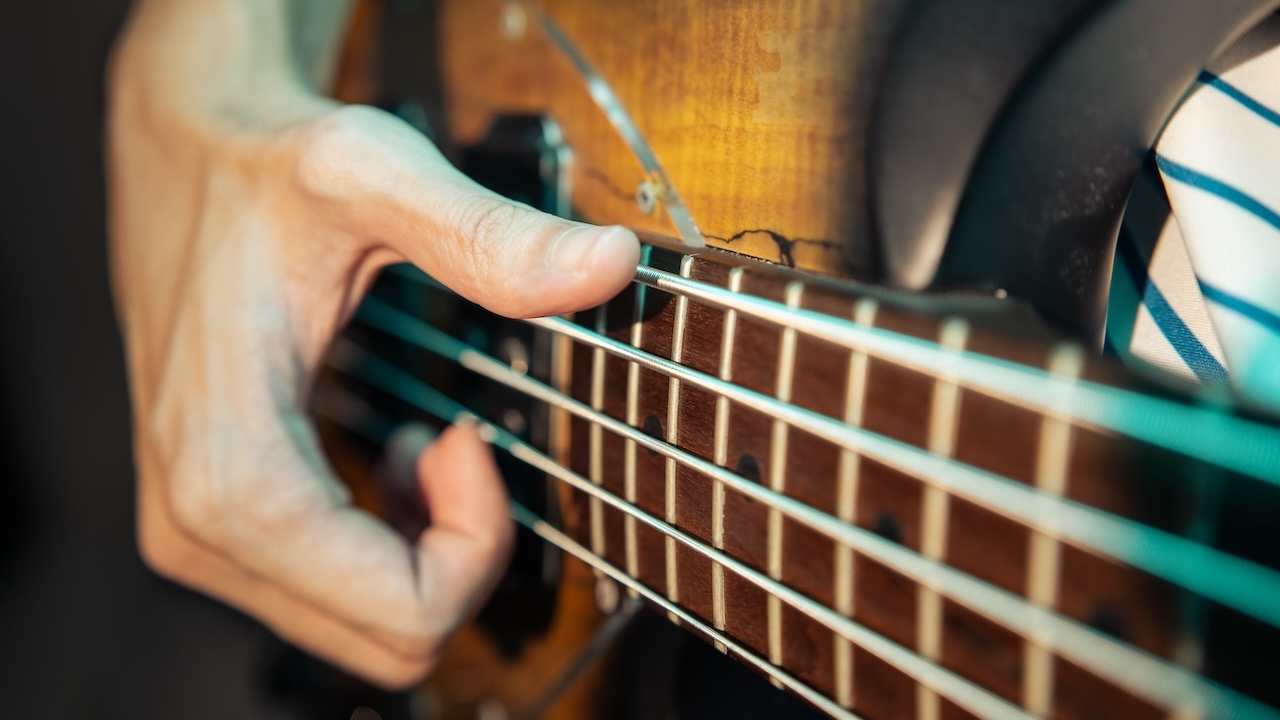
To add to the challenge, you'll also need to mute the strings with the heel of your right hand and experiment with how much pressure you apply.
By exploring how much palm is used to rest on the strings, it is possible to achieve various degrees of muting, moving a millimetre or two forwards or backwards as required.
This is why I have different tab for measures 2 and 4, and 6 and 8 in the exercise below, although they are the same notes. Thumbing an open-string can be more difficult because it’s harder to make it ring true while muting the other strings.

The next challenge is to get your thumb working a little faster. You will need to relax your arm and hand and let your thumb bounce off the string, like the tip of a drumstick bouncing off of a drum head, instead of being forced down by the arm for every strike.

For examples of some of the wildest and energetic slap bass antics anywhere, listen to Flea of the Red Hot Chili Peppers. “Flea would always be playing very percussive, and a lot of dead notes,” said Vulpeck's Joe Dart.
“So I really learned how to hit the strings without making any notes ring out. He was my first influence on the instrument, and his commitment to playing every note as if it were his last – he inspired me as a kid and still does today.”
Triplet exercises
Our next exercise introduces a triplet figure. There are many great ways to utilise the triplet in this style of bass playing, so it is important that you take the time to build a solid foundation for things to come.

Dynamic control exercises
The thumb can also be used in rock music to get a more plectrum-like tone. By mastering the accents below you'll learn to control the volume of each note (dynamics, anyone?), which will improve your overall control of the technique.
Play the following exercise through without the accents first and then add them in and see what a difference it makes to the sound, feel, and groove.
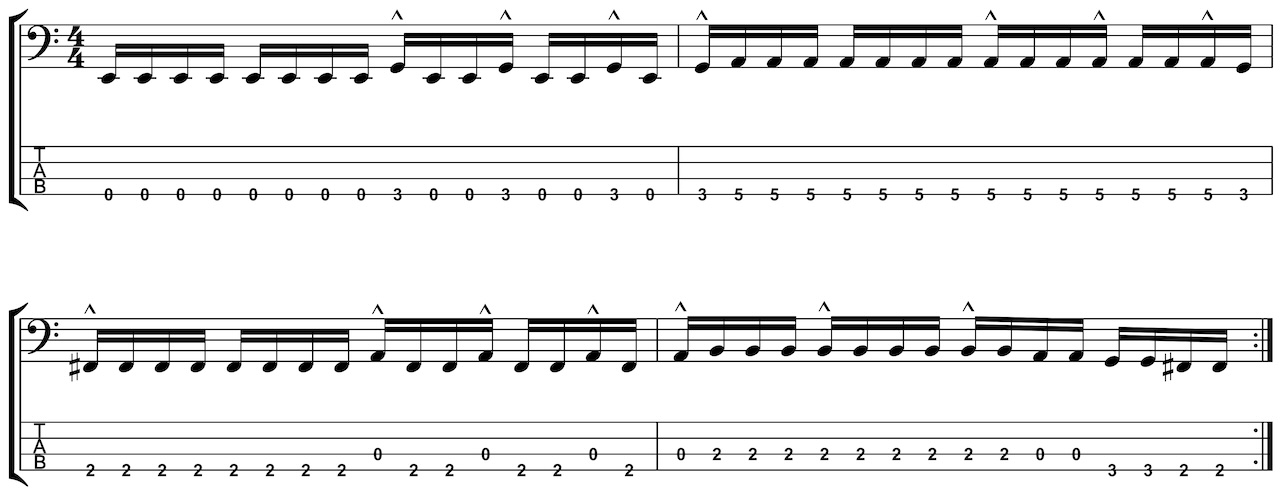
Popping exercises
Once you’ve figured out the whole thumb thing, it's time to introduce the finger pop. Place your index finger under the D string and your middle finger under the G string, fretting the F and Bb on the 3rd fret. Rest your thumb on the E string.
Now rotate your thumb away from your body towards the G string. This motion will move your whole hand; your index and middle fingers will have to move as well, and as they do they will pull up on the D and G strings.
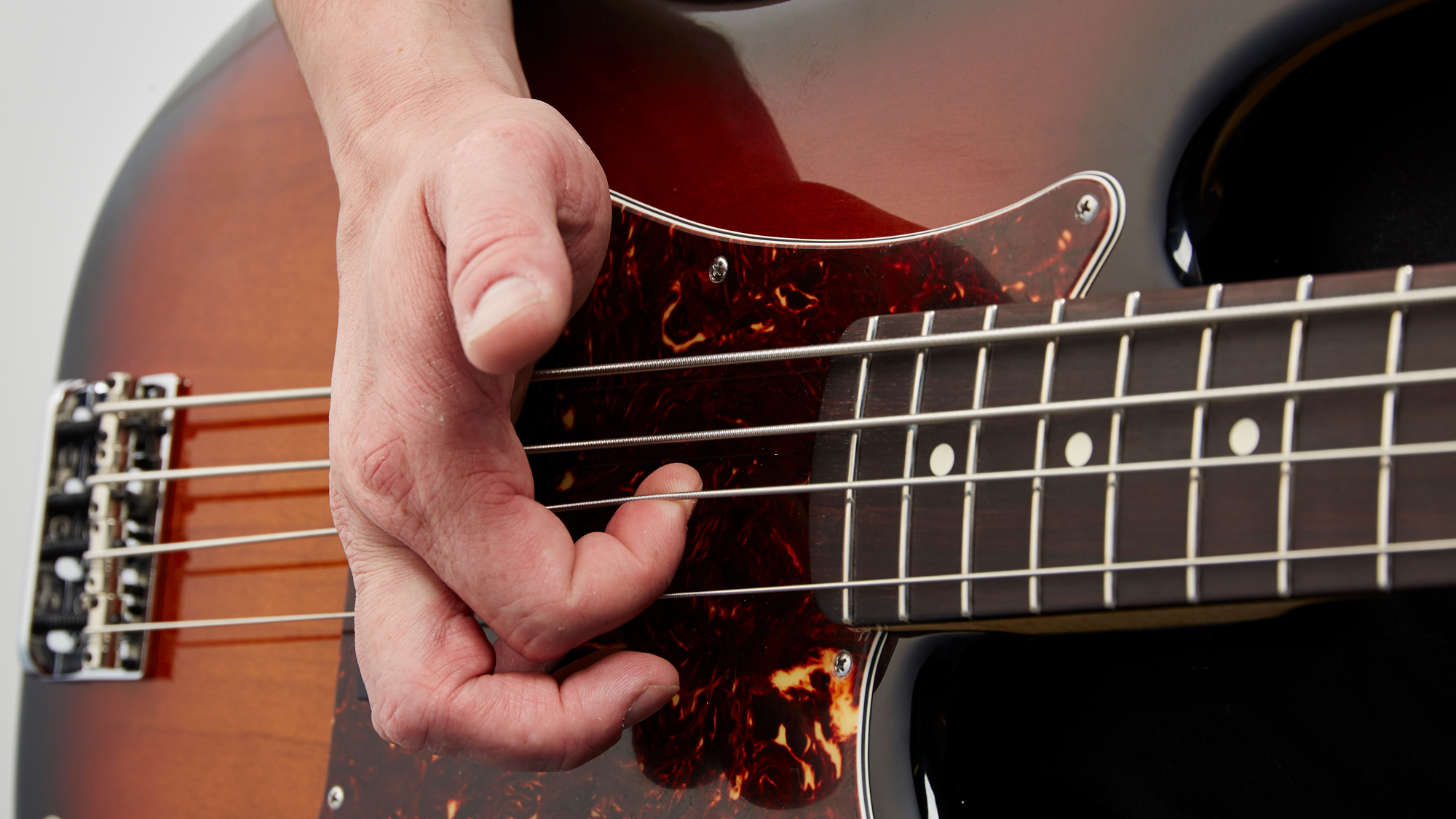
Remember to let your wrist do the work, not your arm or your fingers; this will be key as we move on through these exercises. There really isn’t a whole lot of motion required, and it’s easy to overdo it when you start out.

The trebly staccato tone of Stanley Clarke’s Lopsy Lu is another great example. Clarke threw razor-sharp pops and huge string bends into the mix.
Slap and pop exercises
Taking in our next exercise, with your hand in the same position, bring the thumb down, striking the top of the E and A strings, then flip your wrist over to pull your finger up, popping the D and G strings.
Keep your wrist loose so that when you thumb the 8th notes you’re using a bouncing motion, and not forcing your hand to rigidly repeat the notes.

Now let’s put all of these exercises to one side and use what we’ve learnt to play a groove.
Remember, to play the 16th notes smoothly you need to be relaxed: there’s no way you’ll get them to speak if you try to force them.

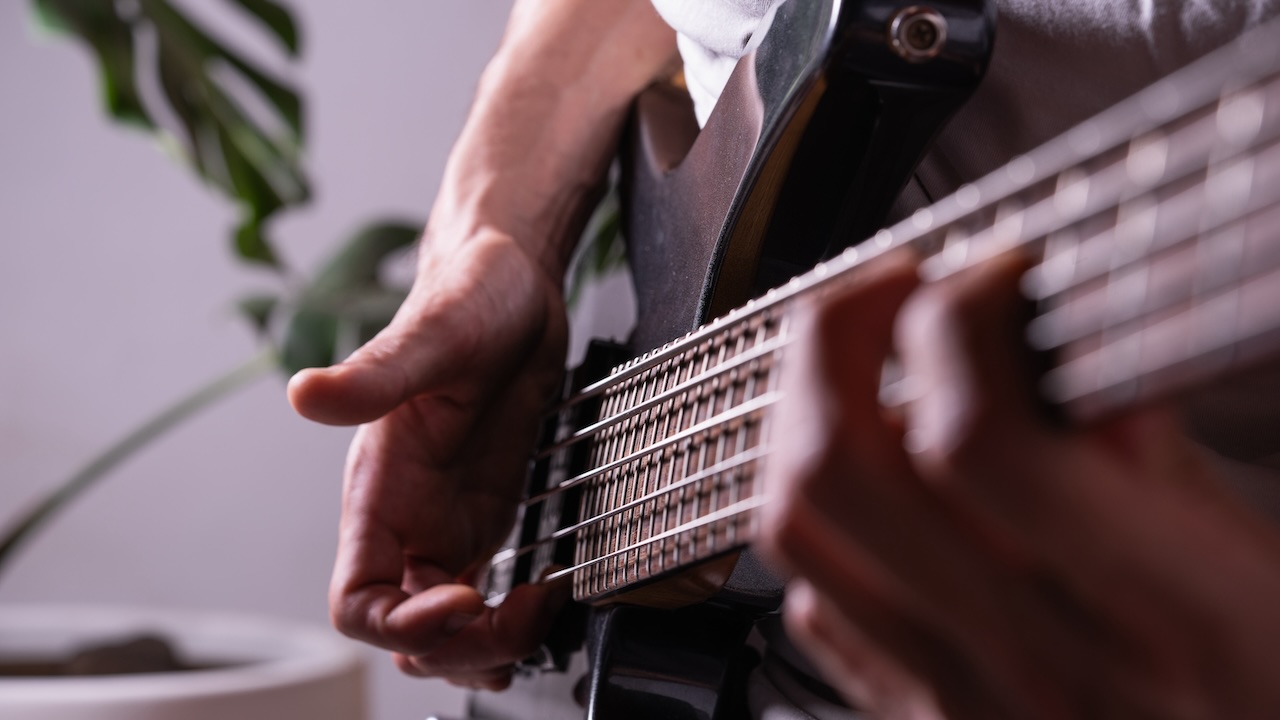
Now let’s try using the slap and pop combo in a more rock feel by playing 8th notes, alternating between the thumb and finger on the same string to create a plectrum-like groove.
Notice again that I am advocating using the index finger under the D string and the middle finger under the G string.

Get The Pick Newsletter
All the latest guitar news, interviews, lessons, reviews, deals and more, direct to your inbox!

Nick Wells was the Editor of Bass Guitar magazine from 2009 to 2011, before making strides into the world of Artist Relations with Sheldon Dingwall and Dingwall Guitars. He's also the producer of bass-centric documentaries, Walking the Changes and Beneath the Bassline, as well as Production Manager and Artist Liaison for ScottsBassLessons. In his free time, you'll find him jumping around his bedroom to Kool & The Gang while hammering the life out of his P-Bass.
You must confirm your public display name before commenting
Please logout and then login again, you will then be prompted to enter your display name.



